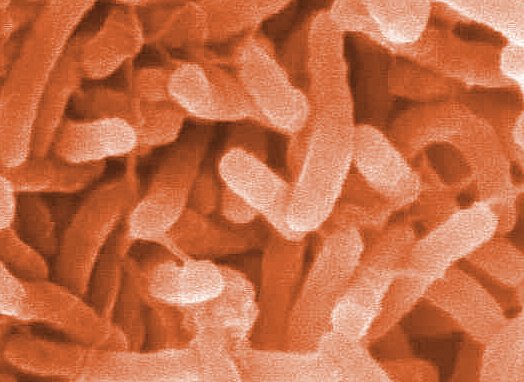Thogether with the increase of global average temperatures, changes in patterns of precipitation and runoff are expected which may lead to a consequent reduction in the salinity of estuaries and coastal wetlands. Many marine bacterial pathogens of relevance to human health grow preferentially above 15 °C and a salinity below 25 ppt NaCl. Among these are Vibrios. They cause various infections in humans, ranging from cholera to gastroenteritis-like symptoms, from eating raw or undercooked shellfish or from exposure to seawater.
Craig Baker-Austin, Centre for Environment Fisheries and Aquaculture Science, Weymouth, UK, and colleagues investigated associations between environmental changes observed in the Baltic area and the recent emergence of Vibrio infections.
Using sea surface temperature data sets from 1982 to 2010, they found that the Baltic Sea surface temperature trends indicate a warming pattern of 0.063–0.078 °C/yr or 6.3–7.8 °C/century. These warming patterns have coincided with the unexpected emergence of Vibrio infections in northern Europe, many clustered around the Baltic Sea area.
The most fruitful approach to predict areas where new Vibrio infections are likely to emerge is to focus efforts on areas with high population density, e.g., St. Petersburg, Stockholm, and the southern Baltic coastline, and to expand the risk analysis to other regions undergoing rapid warming such as the Pacific northwest, the Sea of Okhotsk, and the East China Sea.
- Emerging Vibrio risk at high latitudes in response to ocean warming,
Craig Baker-Austin, Joaquin A. Trinanes, Nick G. H. Taylor, Rachel Hartnell, Anja Siitonen, Jaime Martinez-Urtaza,
Nature Climate Change 2012.
DOI: 10.1038/NCLIMATE1628




